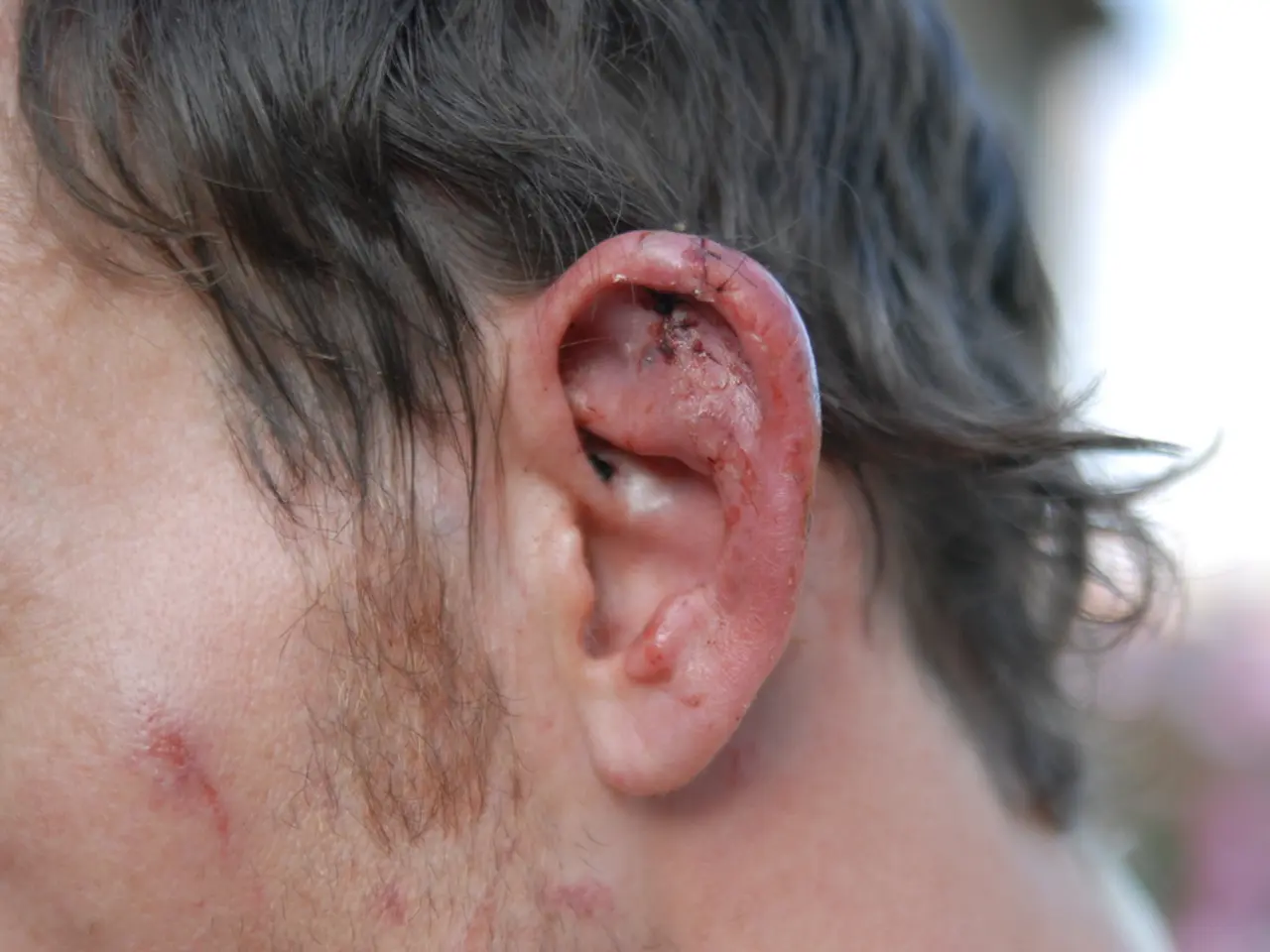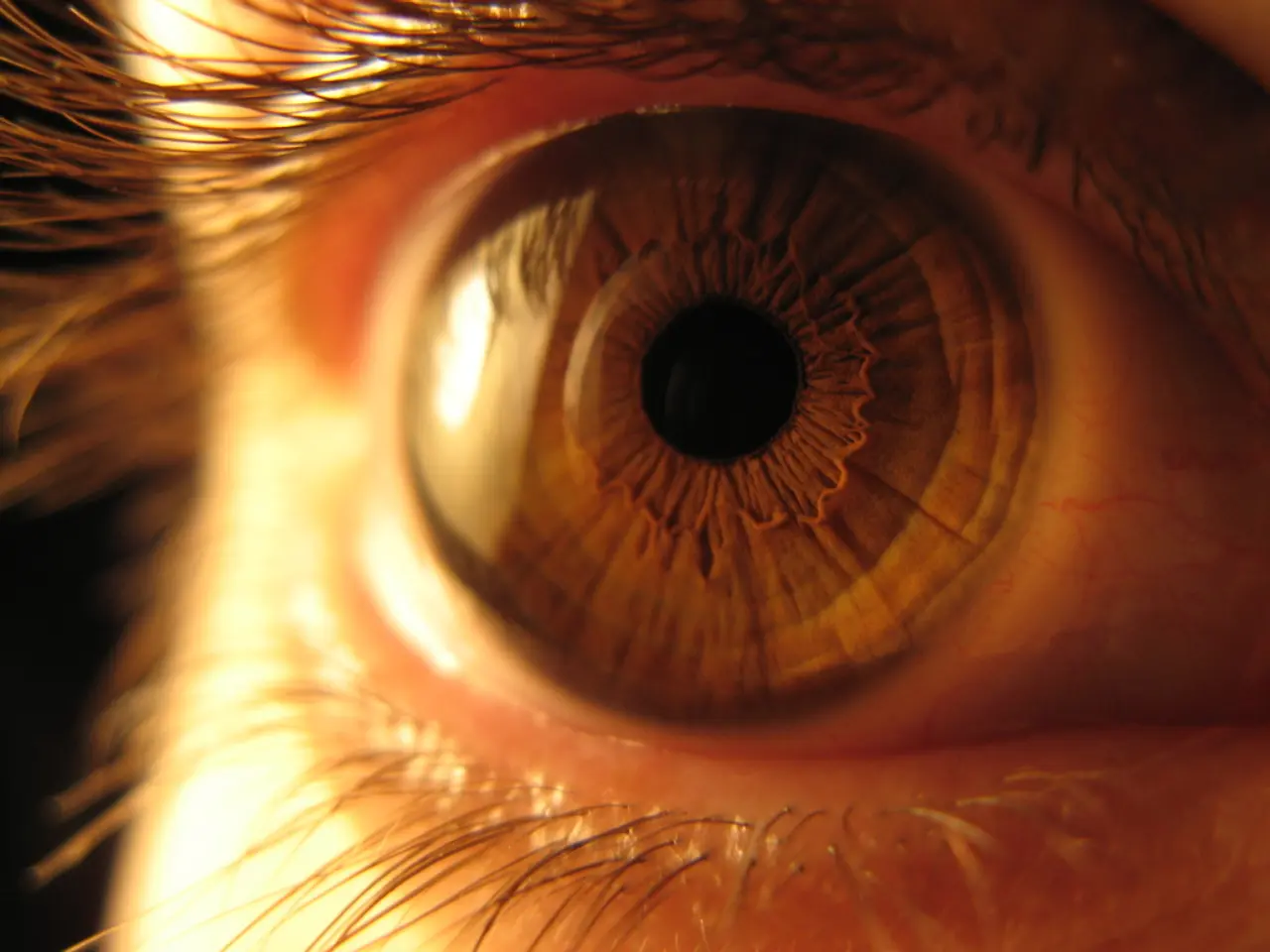Hypoxia Symptoms, Remedies, and Expanded Information
Hypoxemia and hypoxia are conditions that can arise when the body does not receive enough oxygen. Hypoxemia refers to low oxygen levels in the blood, while hypoxia refers to low oxygen levels in the body's tissues and cells.
In the normal functioning of the body, oxygen enters the bloodstream during inhalation, and carbon dioxide, a waste gas, is expelled during exhalation. However, various factors can disrupt this process, leading to hypoxemia and hypoxia.
Common Causes
The common causes of hypoxemia and hypoxia largely overlap and include:
- Lung-related conditions: These impair oxygen intake or transfer to blood. Examples include asthma, chronic obstructive pulmonary disease (COPD), pneumonia, pulmonary edema (fluid in the lungs), pulmonary fibrosis (lung scarring), collapsed lungs, blood clots in pulmonary arteries, and high altitude exposure.
- Blood disorders: These reduce the oxygen-carrying capacity of the blood. Examples include anemia, sickle cell anemia, and blood loss.
- Circulatory problems: These lead to poor oxygen delivery to tissues. Examples include heart disease or failure, shock, and poor tissue perfusion or stagnant blood flow.
- Cellular inability to use oxygen: Despite adequate supply, certain conditions can prevent cells from using oxygen effectively. Examples include poisoning (e.g., cyanide) and certain drugs or toxins.
- High metabolic demands exceeding supply: Conditions such as sepsis, fever, intense exercise, or metabolic disorders can cause the body to require more oxygen than it can supply.
- Environmental or acute emergencies: Drowning, smoke inhalation, chemical exposure, sleep apnea, and altitude sickness can also lead to hypoxemia and hypoxia.
Symptoms and Diagnosis
Symptoms of mild to moderate hypoxia and hypoxemia include shortness of breath, wheezing, restlessness, headache, confusion, and unexplained exhaustion. In severe cases, symptoms may progress to purple or bluish skin, a rapid heartbeat, loss of consciousness, coma, and can potentially be fatal.
Doctors use various tests to diagnose and monitor these conditions. Pulse oximetry is used to determine oxygen levels in the arteries, while gas exchange tests determine the ratio of oxygen to carbon dioxide in the arteries. Pulmonary function tests are used in the diagnosis of hypoxia, and X-rays or CT scans of the chest and airways may also be used.
Treatment
Treatments for hypoxia vary depending on the underlying cause. They may include suctioning in the upper airways, reducing blockage in the throat, using a ventilation device, taking bronchodilator medications, having chest physiotherapy, having an endotracheal tube, having a flutter valve, using an incentive spirometer, using nasal cannulas, using a face mask to deliver oxygen, taking diuretics, taking steroids for some people with interstitial lung disease, and avoiding repeating earlier facts.
It is crucial to seek medical attention promptly if you experience unexplained trouble breathing or a rapid heart rate. Anyone with severe trouble breathing, a very rapid heart rate, discolored skin, or altered levels of consciousness should receive emergency care.
[1] Mayo Clinic. (2021). Hypoxemia. Retrieved from https://www.mayoclinic.org/diseases-conditions/hypoxemia/symptoms-causes/syc-20369499
[2] National Heart, Lung, and Blood Institute. (2021). Hypoxemia and hypoxia. Retrieved from https://www.nhlbi.nih.gov/health-topics/hypoxemia-and-hypoxia
[3] American Lung Association. (2021). Hypoxemia. Retrieved from https://www.lung.org/lung-health-diseases/glossary/hypoxemia
[4] Cleveland Clinic. (2021). Hypoxemia. Retrieved from https://my.clevelandclinic.org/health/diseases/17853-hypoxemia
[5] National Sleep Foundation. (2021). Sleep apnea. Retrieved from https://www.sleepfoundation.org/articles/sleep-apnea
- Biology and biochemistry play important roles in understanding the normal respiratory process, as well as the development of respiratory conditions like hypoxemia and hypoxia.
- In cases of other respiratory conditions such as asthma, chronic obstructive pulmonary disease (COPD), pneumonia, and sleep apnea, the body may not efficiently transport oxygen to the cells, leading to hypoxemia or hypoxia.
- Medical-conditions like anemia, sickle cell anemia, and high altitude exposure can cause a decrease in the oxygen levels in the blood, contributing to chronic diseases such as hypoxemia or hypoxia.
- Health-and-wellness professionals often use pulse oximetry, gas exchange tests, pulmonary function tests, X-rays, or CT scans of the chest and airways to diagnose and monitor respiratory conditions like hypoxemia, hypoxia, or even sleep apnea.
- Additionally, maintaining mental-health can be essential in managing chronic diseases such as respiratory conditions, as the stress or anxiety associated with these conditions can exacerbate symptoms.




